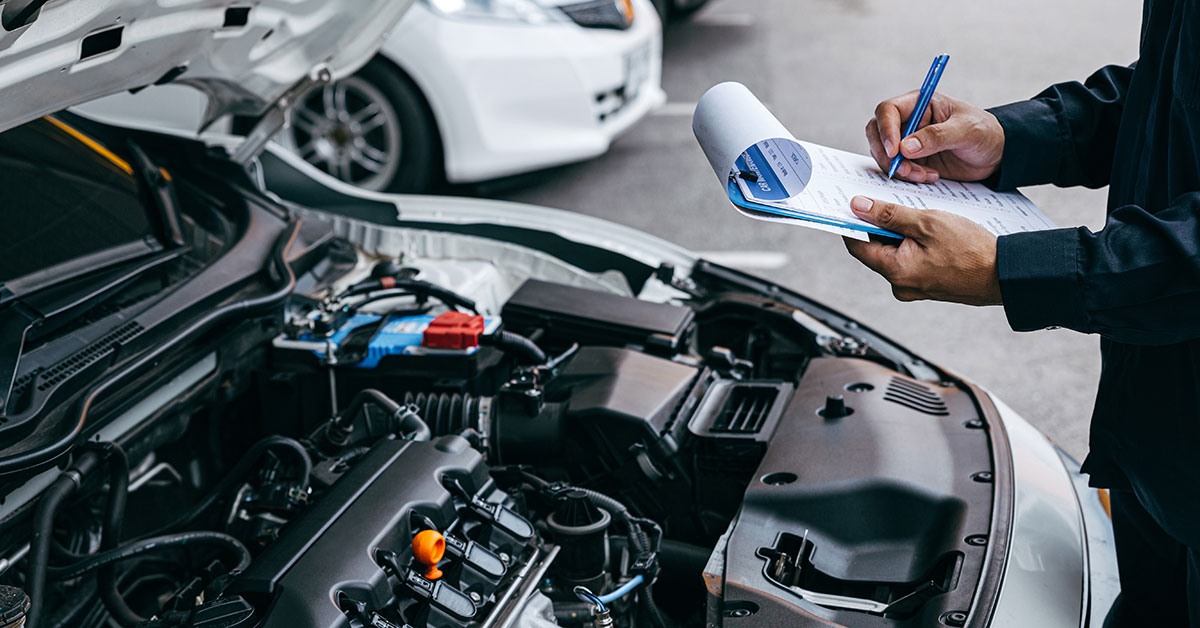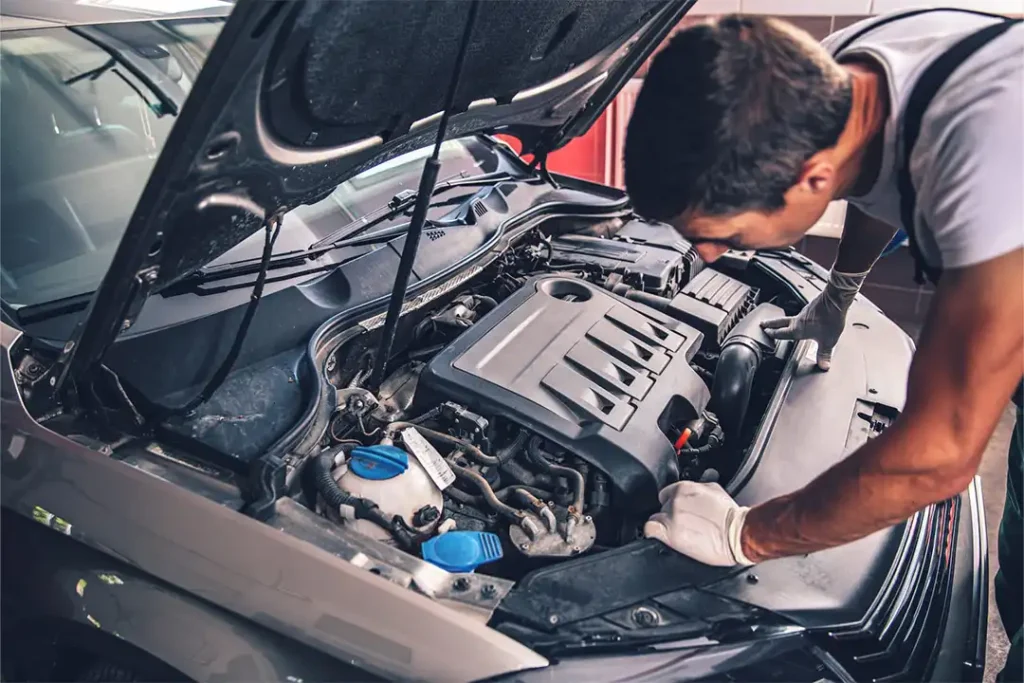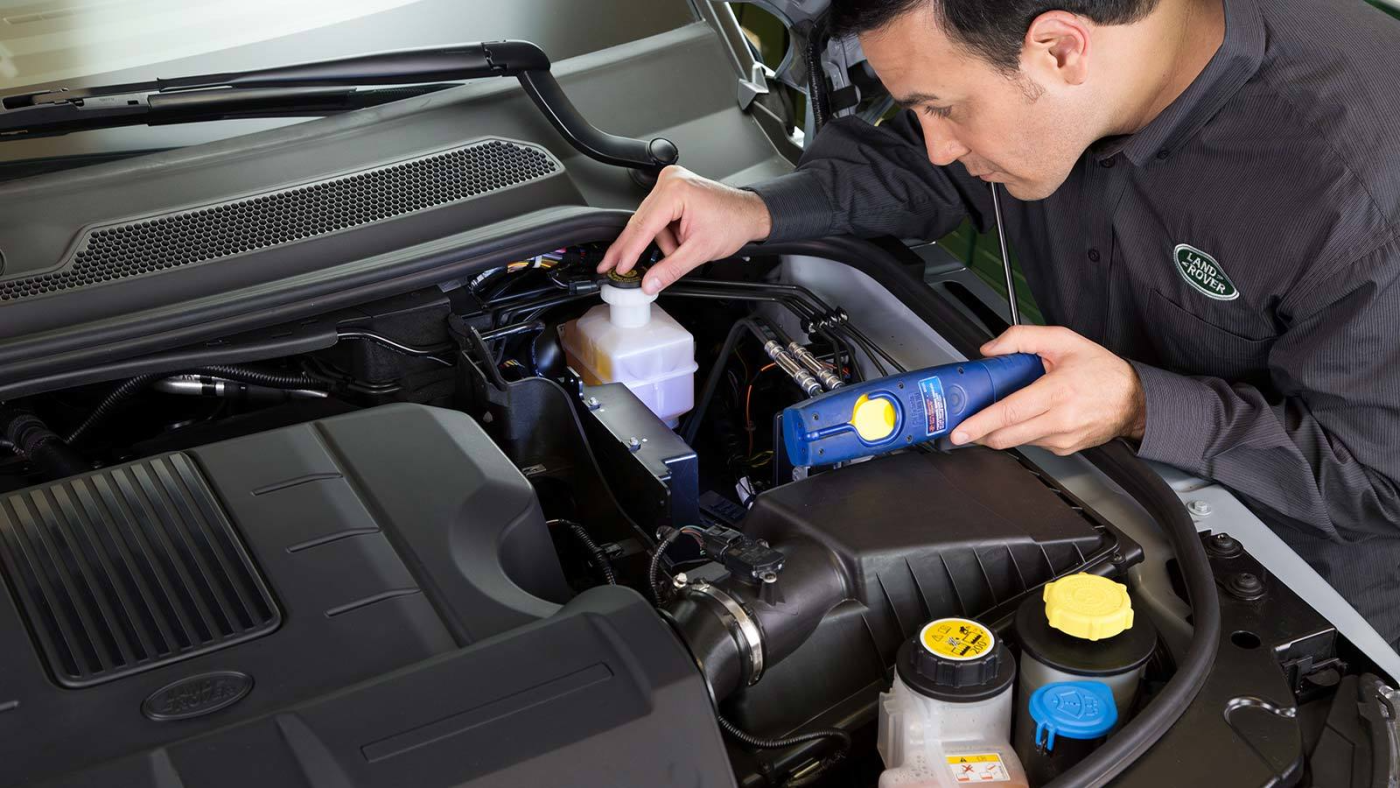Car maintenance is essential for ensuring the longevity, safety, and performance of a vehicle. However, traditional car maintenance methods often rely on manual inspections and guesswork, leading to delays in diagnosing issues and higher repair costs. Fortunately, the advent of advanced diagnostic tools has transformed car maintenance by enabling faster, more accurate, and cost-effective servicing. These high-tech solutions provide mechanics with real-time insights into a vehicle’s condition, making car maintenance more efficient and reliable than ever before.
Understanding Advanced Diagnostic Tools in Car Repair
Car maintenance has evolved significantly with the introduction of advanced diagnostic tools. These tools use cutting-edge technology to detect faults and errors in a vehicle’s system without the need for extensive dismantling. Some of the most commonly used diagnostic tools in car maintenance include:
- OBD-II Scanners: On-Board Diagnostics (OBD-II) scanners provide real-time data about a vehicle’s engine, emissions, and electronic systems.
- Thermal Imaging Cameras: These detect overheating issues in engines, brakes, and electrical systems, ensuring proactive car maintenance.
- Oscilloscopes: Used for testing electronic signals in vehicle sensors and ignition systems, preventing unexpected breakdowns.
- AI-Powered Diagnostic Systems: Artificial intelligence enhances car maintenance by predicting issues before they cause major failures.
By using these tools, mechanics can perform car maintenance with greater precision, reducing downtime and improving vehicle performance.
Benefits of Advanced Diagnostic Tools in Car Servicing
Faster and More Accurate Fault Detection
One of the biggest advantages of using advanced diagnostic tools in car maintenance is their ability to quickly and accurately detect problems. Traditional methods often involve trial and error, whereas modern diagnostic tools instantly identify faults by scanning the vehicle’s computer system. This not only saves time but also ensures that car maintenance is done with pinpoint accuracy, preventing further damage.
For example, OBD-II scanners can detect engine misfires, sensor malfunctions, and emissions issues within seconds. This means that instead of spending hours inspecting various components, mechanics can focus on targeted car maintenance solutions, leading to faster repairs and lower labour costs.
Cost-Effective Repairs and Maintenance
Car maintenance can become expensive if issues are not detected early. Advanced diagnostic tools help reduce costs by enabling preventive maintenance, which addresses potential problems before they escalate into major repairs. By catching minor faults early, car maintenance becomes more cost-efficient, as expensive breakdowns and replacements can be avoided.
Additionally, these tools prevent unnecessary part replacements. For instance, if a car experiences rough idling, traditional mechanics may replace various components to fix the issue. However, with advanced diagnostics, car maintenance professionals can accurately identify whether the problem stems from a faulty spark plug, fuel injector, or sensor, thus saving money and resources.
Improved Vehicle Performance and Longevity
Regular car maintenance ensures that a vehicle runs smoothly and efficiently. Advanced diagnostic tools contribute to this by monitoring engine performance, fuel efficiency, and emission levels. When mechanics use these tools for car maintenance, they can fine-tune a vehicle’s performance and enhance its longevity.
For example, AI-powered diagnostics can analyze driving patterns and suggest the best car maintenance practices to extend the lifespan of an engine. Additionally, proper diagnostics help in maintaining optimal fuel combustion, reducing emissions, and improving fuel economy—all of which contribute to a well-maintained vehicle that performs at its best.
Enhanced Safety and Reliability
Safety is a crucial aspect of car maintenance, and advanced diagnostic tools play a vital role in ensuring a vehicle remains roadworthy. These tools help detect critical safety issues, such as brake malfunctions, airbag failures, and suspension problems, before they become hazardous.
For instance, thermal imaging cameras can identify overheating brake pads, allowing mechanics to address the issue before it leads to brake failure. Similarly, real-time monitoring of electronic stability control (ESC) and traction control systems ensures that a vehicle remains stable during adverse driving conditions. By incorporating advanced diagnostics into regular car maintenance, drivers can enjoy a safer and more reliable driving experience.
The Role of Advanced Tools in Modern Car Workshops
Professional auto repair shops rely heavily on advanced diagnostic tools to provide efficient and high-quality car maintenance services. These tools streamline the repair process and enable mechanics to diagnose problems with minimal effort. Some key ways in which modern workshops benefit from these tools include:
- Integration with Mobile Apps: Many diagnostic tools connect to smartphones and tablets, allowing mechanics to perform car maintenance remotely.
- Cloud-Based Diagnostics: Data from diagnostic tools can be stored in the cloud, enabling seamless access to vehicle history and improving service consistency.
- Automated Reports: Advanced tools generate detailed reports on a vehicle’s condition, helping both mechanics and car owners make informed maintenance decisions.
By leveraging these technologies, car maintenance professionals can deliver faster and more reliable services, enhancing customer satisfaction.
Future Trends in Car Diagnostics and Repair Technology
Car maintenance is continuously evolving, and future advancements in diagnostic tools promise even greater efficiency and accuracy. Some emerging trends in the automotive industry include:
- AI-Powered Predictive Maintenance: AI algorithms analyze vehicle data to predict potential failures, allowing for proactive car maintenance.
- IoT and Connected Cars: Vehicles equipped with IoT sensors can transmit real-time diagnostic data to service centers, improving the efficiency of car maintenance.
- Self-Diagnosing Vehicles: Some modern vehicles are being designed to perform self-diagnostics and alert owners about necessary maintenance, reducing the risk of breakdowns.
These advancements will further revolutionize car maintenance, making it more automated, predictive, and user-friendly.
Choosing the Right Auto Repair Shop with Advanced Diagnostic Tools
With the increasing reliance on technology in car maintenance, it is essential to choose an auto repair shop that utilizes advanced diagnostic tools. Here are some tips for selecting the best service center:
- Look for Certified Technicians: Ensure the mechanics are trained to use advanced diagnostic equipment for precise car maintenance.
- Check for Modern Equipment: A good service center should have the latest tools like OBD-II scanners, oscilloscopes, and AI-driven diagnostics.
- Read Customer Reviews: Look for testimonials from customers who have experienced reliable car maintenance services.
- Ask About Diagnostic Capabilities: Inquire about the diagnostic process and the tools used to ensure thorough car maintenance.
By choosing a service center with advanced diagnostic tools, car owners can ensure their vehicles receive the best possible maintenance and repair services.
Takeaway
Car maintenance has come a long way with the introduction of advanced diagnostic tools. These technologies have transformed the automotive repair industry by making fault detection faster, more accurate, and cost-effective. With benefits such as improved vehicle performance, enhanced safety, and reduced maintenance costs, advanced diagnostic tools are now essential for ensuring a well-maintained car.
As technology continues to evolve, the future of car maintenance looks even more promising, with AI-driven diagnostics and connected vehicle monitoring leading the way. To experience the best car maintenance services, vehicle owners should seek out repair shops equipped with the latest diagnostic tools. By doing so, they can enjoy a smoother, safer, and more efficient driving experience.










